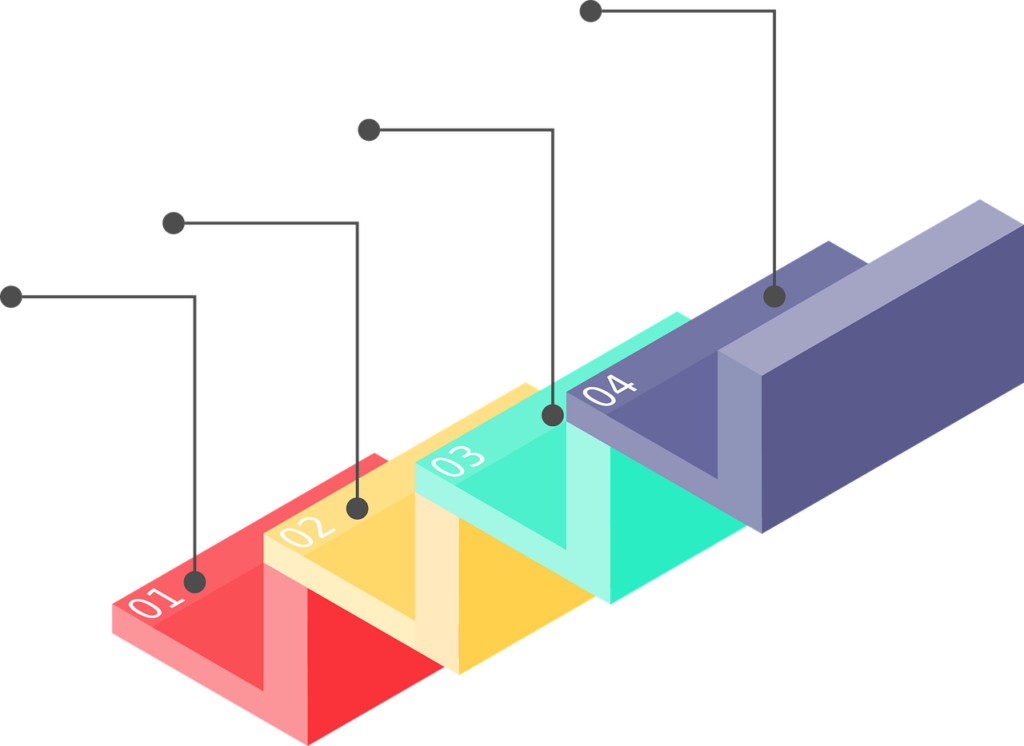Navigating the complexities of corporate operations requires strategic allocation of resources and swift decision-making, both of which can be addressed by applying case triage. Triage is a method of prioritising and categorising items, tasks, or cases based on predefined criteria such as urgency, severity, or importance. It originated in medical contexts, particularly in emergency medicine, where it is used to assess and prioritise patients based on the severity of their condition. However, triage principles have been adapted and applied across various business sectors to efficiently allocate resources and address critical issues timely.
In this article, we’ll answer your questions about case triage and offer actionable insights to empower organisations to improve their operational efficiency.
1. What is case triage, and why is it an important process?
Case triage is a systematic process utilised in corporate settings to prioritise and categorise cases, issues, or tasks based on predetermined criteria. This procedure is vital across various sectors including customer support, IT management, project management, and operational optimisation. For example, within IT departments triage methods are employed to swiftly identify and resolve technical issues that could disrupt business operations or compromise cybersecurity.
The essence of case triage lies in its ability to efficiently allocate resources and attention to address the most pressing matters first. By systematically sorting and prioritising cases, organisations can ensure that limited resources, whether they be time, personnel, or funds, are directed towards resolving critical issues promptly.
2. How does case triage streamline workflows and improve efficiency within organisations?
Case triage streamlines workflows and enhances efficiency by providing a structured framework for prioritising and managing cases, issues, or tasks. Here’s how it achieves this:
- Prioritisation: By establishing predefined criteria such as urgency, complexity, or strategic importance, teams can quickly assess and address high-priority items, ensuring that resources are allocated where they are most needed.
- Resource Allocation: By categorising cases based on their severity or impact, case triage helps optimise resource allocation. This ensures that limited resources, such as budget, are directed towards resolving critical issues or tasks first to minimise delays and maximise productivity.
- Workflow Optimisation: Case triage facilitates the efficient routing of cases or tasks to the appropriate personnel or departments.
- Response Time Reduction: Through rapid assessment and prioritisation, case triage accelerates response times to urgent issues or customer inquiries.
- Decision Support: Case triage provides valuable insights that support informed decision-making within organisations. By analysing trends and patterns, teams can identify areas for improvement and optimise processes, leading to continuous refinement of workflows.
3. What criteria are typically used to prioritise cases during the triage process?
Several criteria are typically utilised to prioritise cases during the triage process and these can be tailored to the specific needs, objectives, and operations of the organisation. They include:
- Urgency: The degree of immediacy or time sensitivity associated with the case often determines its priority. Urgent cases requiring immediate attention to prevent significant disruptions or losses are prioritised over less time-sensitive ones.
- Impact on Business Operations: Cases that have a substantial impact on business continuity, revenue generation, customer satisfaction, or regulatory compliance are prioritised to minimise potential negative consequences.
- Complexity: Cases requiring specialised knowledge, expertise, or resources to resolve are prioritised based on their complexity. Complex cases may involve multiple stakeholders, intricate processes, or technical challenges that necessitate careful attention and allocation of resources.
- Resource Availability: The availability of resources such as personnel, budget, or equipment influences case prioritisation. Cases that can be resolved with existing resources or minimal investment are typically prioritised over those requiring extensive resources or external support.

4. Can case triage be automated, and what are the benefits and limitations of automation in this context?
Case triage can indeed be automated by leveraging technology to streamline and enhance the efficiency of the process. This comes with many benefits including:
- Efficiency: Automated case triage can significantly reduce manual effort and processing time, allowing organisations to handle a large volume of cases more quickly and effectively.
- Consistency: Automation ensures consistent application of predefined criteria in prioritising cases, reducing the potential for human error or bias in decision-making.
- Scalability: Automated systems can easily scale to accommodate fluctuations in workload or business growth, ensuring that case triage remains efficient and responsive over time.
- Resource Optimisation: By automating routine tasks associated with case triage, organisations can free up human resources to focus on more complex or value-added activities, maximising productivity and efficiency.
- Data-driven Insights: Automated case triage systems generate valuable data and analytics, providing organisations with insights into case trends, performance metrics, and areas for improvement.
Polonious offers sophisticated case management software designed to streamline processes and enhance efficiency in handling cases. By leveraging Polonious for case management, organisations can achieve greater efficiency, accuracy, and scalability in their triage processes. To explore how Polonious can empower your organisation to automate and optimise case management workflows, request a free demo here.
5. What are some common challenges or pitfalls encountered during the case triage process, and how can they be overcome?
Common challenges in the case triage process include subjective decision-making, lack of standardisation, overloading of personnel and adapting to changing priorities. To overcome these challenges, organisations can establish clear criteria for prioritisation, standardise triage protocols, and utilise case management software such as Polonious for tracking and reporting to ensure data quality. These measures help enhance efficiency, consistency, and responsiveness in managing cases within corporate contexts.
Case triage is a fundamental process that plays a pivotal role in various industries and organisational contexts. Through systematic prioritisation and categorisation of cases, issues, or tasks, case triage enables organisations to optimise resource allocation, streamline workflows, and improve efficiency. Doing so can enable them to mitigate risks before they turn into bigger issues, enhance decision-making, and ultimately achieve better outcomes.
Table of Contents
Let's Get Started
Interested in learning more about how Polonious can help?
Get a free consultation or demo with one of our experts




